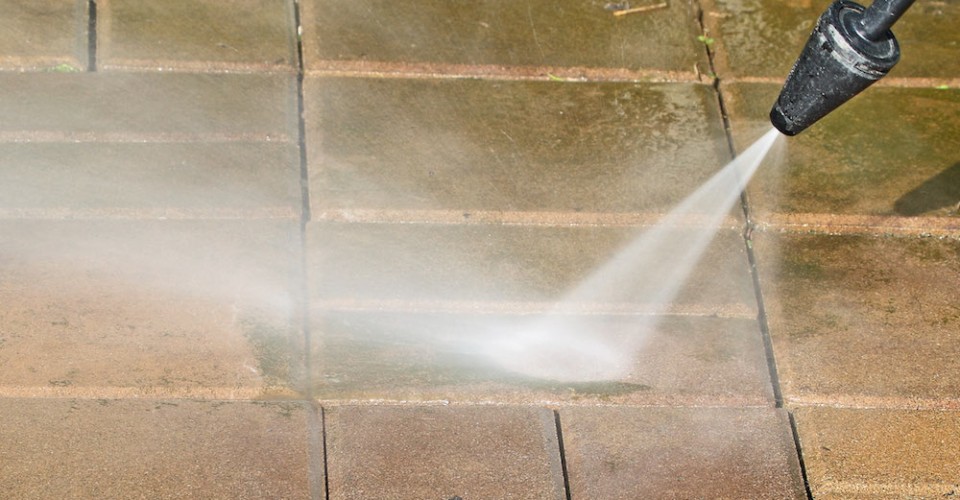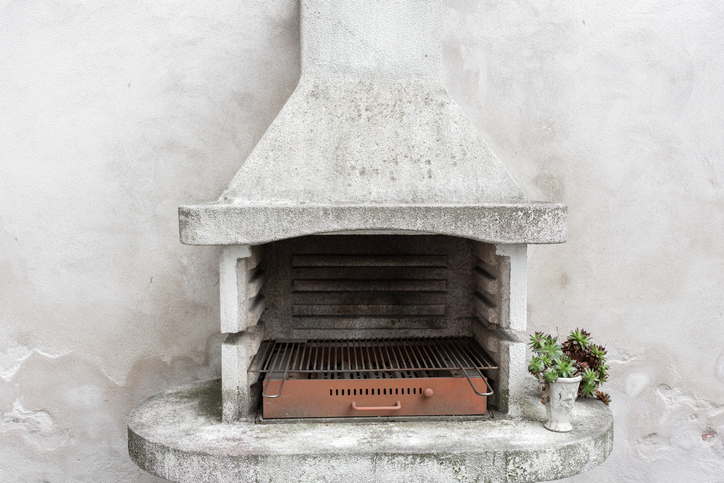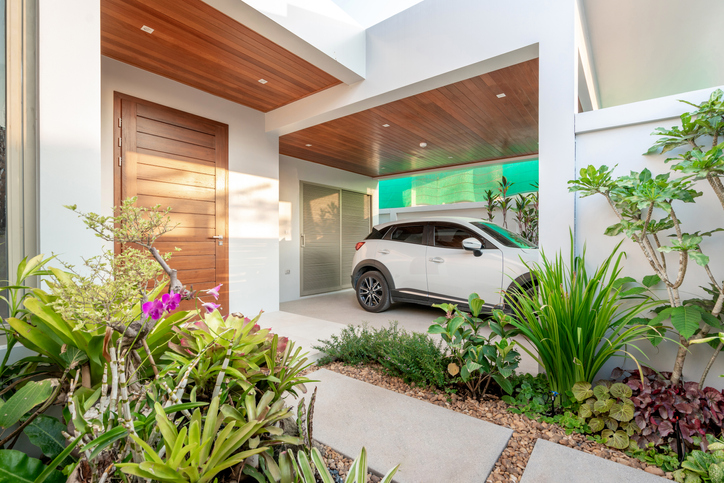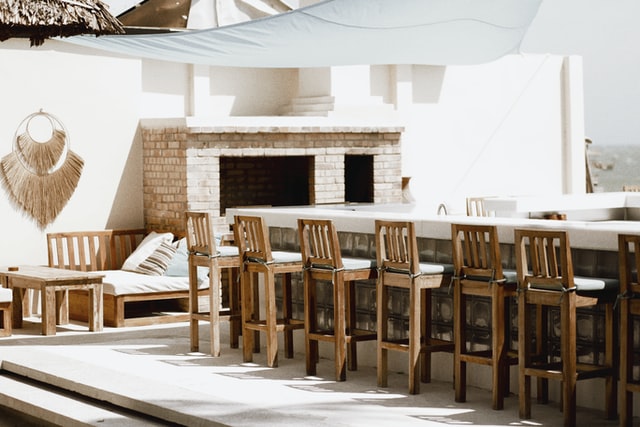If you live in an area prone to moss, you’ve probably tried your hand at different methods of moss removal, including pressure washing. Although beautiful to look at, and beneficial to the environment, moss can pose a serious threat to sidewalks, roofs and driveways. It can be extremely slippery when wet and over time, can do damage to shingles and concrete. Depending upon your regional climate, you might find that removing moss from your home or property needs to be done as often as once or twice a year.
What is a pressure washer?
One of the most effective ways to remove stubborn materials like moss, bird poop or gum is using a pressure (or power) washing machine. A pressure washer pushes water out with a powerful surge of water, which acts like an abrasive. When it comes to removing moss there are chemical based cleaners, or good old fashioned scraping, but removing moss from aggregate concrete or other materials might actually be done more effectively with a pressure washer. You can purchase gas-powered or electric pressure washing machines at a store like Lowe’s, or you can rent a machine or hire a pressure washing professional. The type of machine you choose might be determined by your budget or the scope of your project. If you are regularly keeping up with moss removal, or have a small property, you might only require a light-powered machine. If you have several hours of work, stubborn moss issues, or are planning on sharing a machine between neighbors, it might be a smart idea to invest in a high-quality machine.
DIY vs. hiring a pro
Like other regular maintenance tasks, whether or not you hire a professional or do this yourself will depend on the amount of time you want to invest in doing this task as well as how much you want to invest in the equipment. Some homeowners choose to do their own pressure washing because it gives them the control to perform this task whenever they want and wherever they want. Pressure washing isn’t a highly skilled task however, it can be physically challenging. Others may choose to hire a pro because they don’t care to invest the time or money, or may not be physically able to do this task. When considering hiring a pro, you’ll want to take a general measurement of the areas to be pressure washed, as well as a general idea of the scope of the project. You might only need your driveway done or you might need a large property pressure washed.
What not to pressure wash
The force of the water can be strong enough to remove paint from exterior siding, splinter fences, remove shingles from a roof or ruin your landscaping. If it’s your first time pressure washing, you’ll want to be very cautious with any material other than stone or concrete. Some outdoor furniture can withstand pressure washing, but others could become damaged. If you aren’t sure, you can test a very small area, but use caution. It’s generally not recommended to pressure wash roofs (except for metal roofs), wood or painted surfaces.
Safety risks when pressure washing
Because water is being forced at a very high level of pressure, it’s a good idea to wear protective eye ware to prevent small rocks or pebbles from bouncing up into your face. It’s a very wet job so wearing good rain gear and boots is a good idea. If you are using a gas powered machine, use caution when operating and be aware of the carbon monoxide being produced. Some people prefer to wear protective ear plugs as well as prolonged exposure to loud noises can damage your hearing. Always read the operating manual to ensure that you are using the right type of gasoline and oil as well as properly maintaining the machine.



